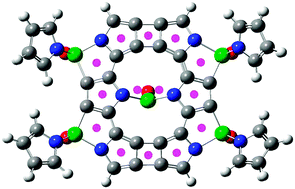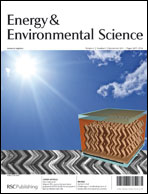Polypyrrole-iron-oxygen coordination complex as high performance lithium storage material†
Abstract
Current lithium ion battery (LIB) technologies are all based on inorganic electrodes though organic materials have been hyped as electrodes for years. Disadvantages such as low specific capacity and poor rate performance hinder their applications. Here we report a novel high-performance organometallic lithium-storage material, a


 Please wait while we load your content...
Please wait while we load your content...